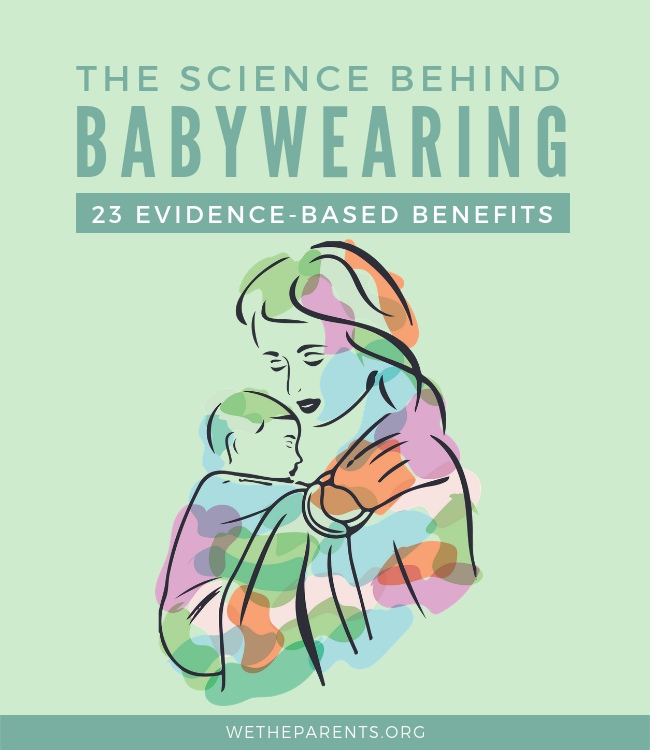The First Hour
 If you take a scientific look at an uninterrupted first hour of a newborn’s life, it’s just mind-blowing. The human body, no matter how big or small, and its instinctual behavior never ceases to amaze.
If you take a scientific look at an uninterrupted first hour of a newborn’s life, it’s just mind-blowing. The human body, no matter how big or small, and its instinctual behavior never ceases to amaze.
By uninterrupted first hour, we mean what happens when newborns and mothers are put skin to skin and left to their own devices, without routine health checks, in that very first hour of life (though that’s not always medically possible we know).
There is a fascinating Swedish study that looks at the instinctual behaviors of 28 newborns left uninterrupted, skin-to-skin, on their mothers’ chests for their first hour. The study maps out a typical timeline of that first incredible and hormonally charged hour.
Yes, it’s a small research sample at 28, but what an intriguing snapshot these kind of studies can provide. How amazing is this kind of information for those wanting to know how they could more gently transition their new baby from the womb to life outside? For those wanting to try and get in tune with their newborn’s natural rhythm and better understand their immediate needs?
To save you reading the full report published in the Acta Paediatrica, here’s a quick summary from Science News of that first hour timeline:
- Minute 0: Babies wail a robust, angry birth cry that helps wake up the lungs.
- Minute 2: Babies spend less than a minute relaxing, holding perfectly still on their mothers’ chests. The authors speculate that this silent, still break might have evolved to keep babies hidden from predators.
- Minute 2.5: As they start to wake up, newborns open their eyes for the first time. Babies gradually start moving their heads and mouths.
- Minute 8: Babies become even more active, keeping their eyes open for five minutes or longer at a time. During this active phase, newborns seem to grow interested in eating, looking at their mothers’ faces and breasts, making sweet little “hungry” noises and moving their hands toward their mouths.
- Minute 18: Time for another rest.
- Minute 36: Recharged newborns really kick it into high gear and begin scooting toward their mothers’ breasts, relying heavily on a sense of smell to navigate.
- Minute 62: Babies nurse, most likely getting small amounts of colostrum, an early milk substance packed with protein and immune molecules. This early suckling stimulates the breasts to make milk and also helps mom’s uterus contract back to its pre-pregnancy size.
With more and more people considering the benefits of delaying medical procedures after delivery (delayed cord clamping for example), there is a growing sense that less CAN be more. That the focus of the first hour should be on baby’s first feed and mother-baby and family bonding. And as this Swedish study suggests, this is exactly what the human body is programmed to do on its own accord without intervention.
There are many more documented benefits to this uninterrupted approach, from it aiding breastfeeding and strengthening bonding, to mom’s own wellbeing. If this natural kind of experience is something you are interested in, make sure you start talking early to your own birth carer about your preference. They should be able to give you the advice and support you need for planning your new and exciting beginning with your precious new arrival.
We know this kind of approach is not for everyone. And just not possible for some too. We aren’t in any way suggesting this is THE superior way post-delivery, we just found the research findings rather captivating and sharable. You know us, we don’t believe in passing judgement. We believe in you. There is no such thing as the right way, just what’s right for YOU and your family.






